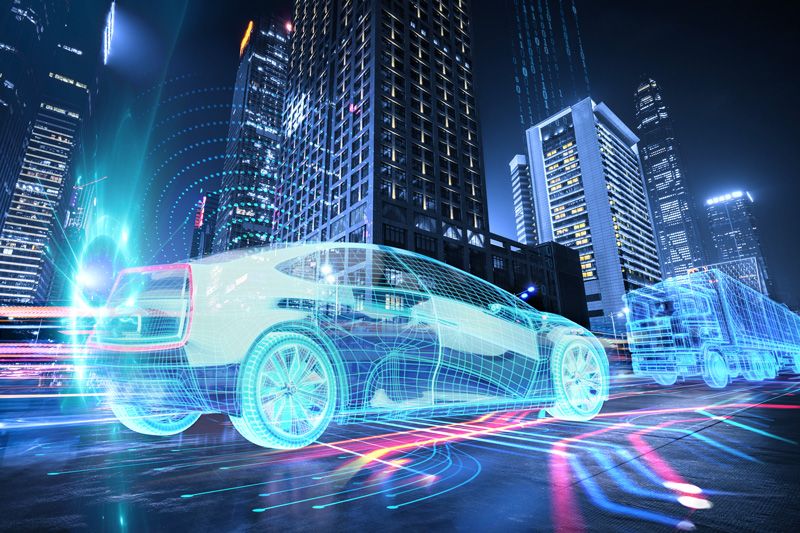Mexico offers opportunities in electromobility in several niches due to both new technologies and the lower production volumes required in the auto parts industry.
Generally, when a company seeks to enter already consolidated markets it is more difficult, but now technology is facilitating this in the field of electromobility, highlighted Francisco González, president of the National Auto Parts Industry (INA).
In Mexico, President Claudia Sheinbaum’s administration plans to launch the Technological Development Program for Innovation, which includes the production of Olinia, a small electric car.
“There are possibilities and niches where you can start producing in a way from scratch and then you don’t have to compete with someone else,” Gonzalez said, while participating last week in the XXX Mexican Foreign Trade Congress, organized by the Mexican Council for Foreign Trade, Investment and Technology (Comce), in the city of Aguascalientes.
Opportunities in electromobility
Regarding the quantity aspect, Gonzalez said that in the past there were three large car assembly companies in the United States and another 15 worldwide. But today there are between 50 and 60 in electromobility with smaller production volumes.
For example, if 250,000 pickups were previously produced annually in one plant, electromobility factories can produce up to 20,000 units annually.
“This allows new technologies, such as 3D printing, to be a possibility for selling auto parts,” said González.
On a global scale, the future of electromobility is basically the future of consumer electronics, connected driving.
Therefore, in particular, there are opportunities in electromobility on the software development side.
An example given by Gonzalez: the lines of code required by browsers like Google Chrome or Safari is about 1.5 million, while the corresponding number for a large aircraft like the 787 Dreamliner is about 14 million lines and, in due course, that of an autonomous driving vehicle will be 150 million lines.
Electromobility offers countries and regions many opportunities. On the one hand, it enables them to overcome carbon-dependent transportation patterns. In addition, it supports economic efficiency. It also helps to avoid or reduce negative impacts, such as air pollution and traffic congestion.

